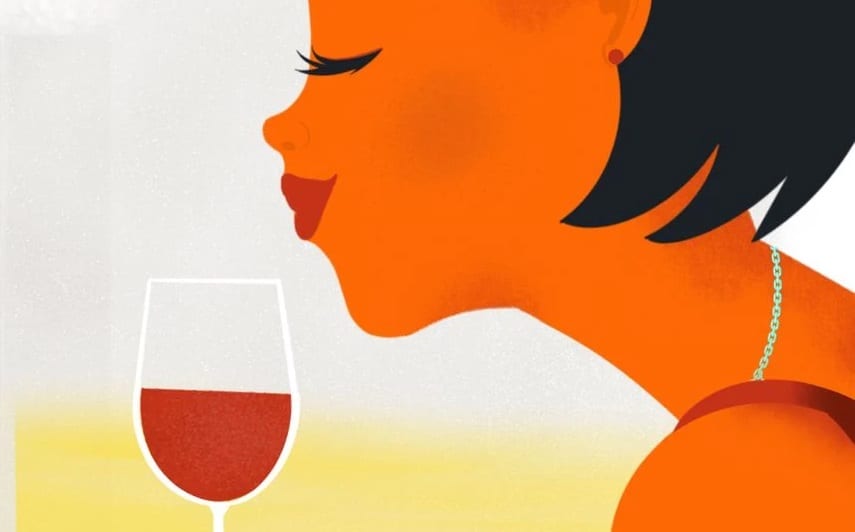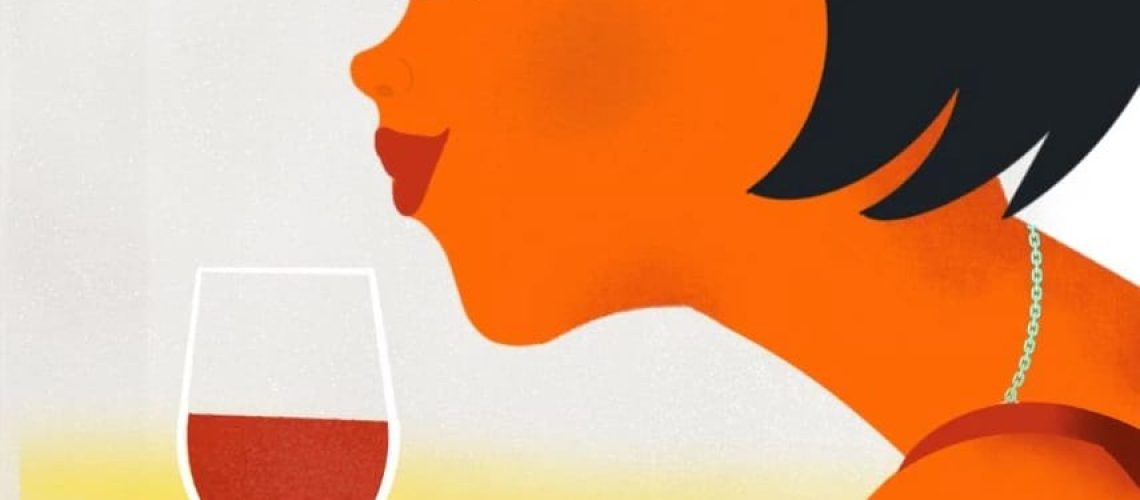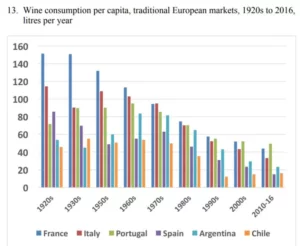I got some very interesting feedback on last week’s comments on young consumers (Millennials and Gen Z) on wine. I love the dialogue.
If you missed the piece you can read it here (my mom says I make some great points. Thanks mom.)
This a hot topic in the winosphere right now and for good reason. The latest Silicon Valley Bank (SVB) annual report again shows very concerning data for the wine industry. The conclusion is pretty obvious at this point – Millennials and Gen Z are going to drink much less wine than Gen X and Boomers. That market share is currently held by spirits and seltzers.
Yet after the feedback I received, and continuing to think about it, there is more to immediately say
- The SVB report is very California-focused. Very.
What if young consumers simply don’t want to drink the styles and types of wines coming out of California? What if big reds are less appealing? What if this is more a California problem than a wine problem?
(My big pushback here would be that we’re seeing similar data even in wine-loving cultures like France and Italy).
- Millennials, for all the economic headwinds facing them, are not looking for cheap products. They buy expensive spirits and craft beer and are driving much of the market growth there. They also have a preference for (more expensive) natural wine. So the impediment is not (primarily?) price. It’s something else.
The solution is that wine needs to change.
One comment I saw, and I find this fascinating, was that the wine industry has ossified at the top. Spirits (and craft beer) have brought in young blood into higher leadership positions and they have helped drive change (and capture market share from wine).
By contrast, and this is of course a generalization, wine has not started turning over much of its higher-up positions and this has directly resulted in stagnation (and antiquated marketing).
As one person put it – “Who the fuck cares about wine scores anymore?”
I don’t! (And I also don’t care about medals on the walls, we all know those get handed out like candy).
I’m not in a position to say if those comments are correct (although the person who made the first comment is in that position). The more important point is that we need to embrace change, we need to adapt as an industry. There are opportunities here, and wineries that identify and embrace them will flourish.
Maybe you are. Dio vi benedica! But as a greater whole, we are not. And I think looking at some of our BC industry orgs – *cough* *cough* – we need to do more.
And I think there are many potential avenues for recapturing that young market. Here are a few:
- We need to “steal” from spirits for our branding and marketing. They’ve successfully targeted and grabbed huge market share among young consumers. We don’t want to copy but imitate where wine is different from high-end whisky or vodka.
- We also need to look to natural wine. Whatever you think of its quality, it has succeeded in creating a brand (and market) that appeals to young consumers. I think for reasons I’ve shared before – like sustainability and health.
- The “life” around wine will need to change. There will be fewer sit-down meals and opportunities for entire bottles to be drunk. Canned wine might help fill that gap. But I also think the messaging around when to drink wine, at what season, and with what will need to change (and likely become more relaxed).
- Millennials and Gen Z will have different living conditions. They will own smaller houses (if at all), rent more, and move more. This means it is much harder to have large wine collections and higher-end wine will be heavily pinched. Wineries will likely need to start aging their wine for consumers like whisky.
So again, what’s the way forward? Ivan Illich knows:
“What is the most revolutionary way to change a society? Violent revolution? Gradual change? Neither. If you want to change society, then you must tell an alternative story.”






